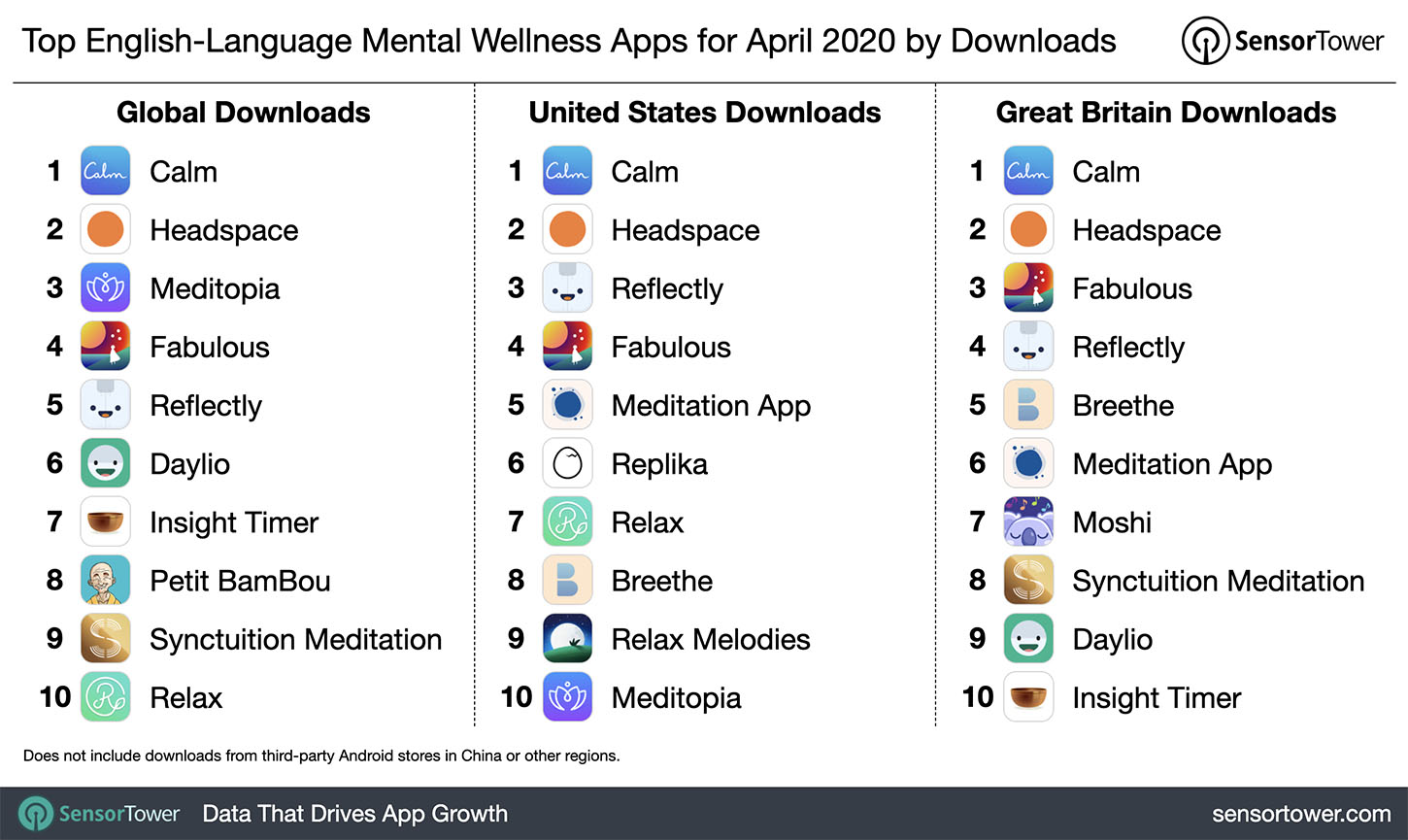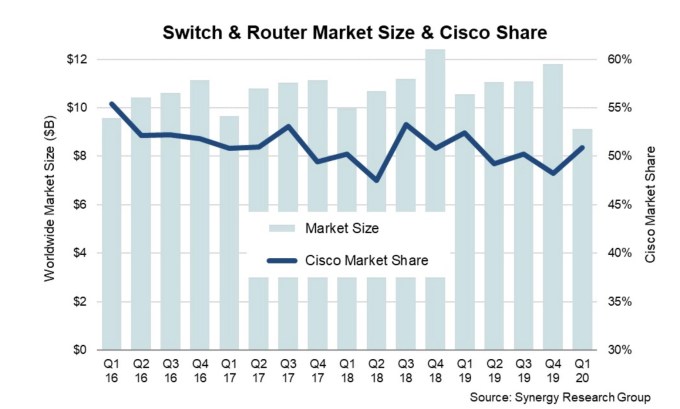As tech companies like Twitter and Facebook gear up for longer-term remote work solutions, the future of work is becoming one of the more exciting opportunities in venture capital, Charles River Ventures general partner Saar Gur told TechCrunch.
And as loneliness mounts with shelter-in-place orders implemented in various forms across the world, investors are looking for products and services that foster true connection among a distributed workforce, as well as a distributed society.
But the future of work doesn’t just entail spinning up home offices. It also involves gig workers, freelancers, hiring tools, tools for workplace organizing and automation. The last couple of years have particularly brought tech organizing to the forefront. Whether it was the Google walkout in 2018 or gig workers’ ongoing actions against companies like Uber, Lyft and Instacart for better pay and protections, there are many opportunities to help workers better organize and achieve their goals.
Below, we’ve gathered insights from:
- Saar Gur, general partner at Charles River Ventures
- Roy Bahat, head of Bloomberg Beta
- James Cham, partner at Bloomberg Beta
- Karin Klein, partner at Bloomberg Beta
- Ann Miura-Ko, co-founding partner at Floodgate
- Quentin Clark, managing director at General Catalyst
Saar Gur, Charles River Ventures
What are you most excited about in the future of work?
Future of work is one of the most exciting opportunities in venture.
Pre-COVID, few tech companies were fully remote. While it seems obvious in retrospect, the building blocks for fully remote technology companies now exist (e.g. high-speed internet, SaaS and the cloud, reliable video streaming, real-time documents, etc.). And while SIP may be temporary, we feel the TAM of fully remote companies will grow significantly and produce a number of exciting investment opportunities.
I don’t think we have fully grokked what it means to run a company digitally. Today, most processes like interviewing, meetings and performance/activity tracking still live in the world of atoms versus bits. As an example, imagine every meeting is recorded, transcribed and searchable — how would that transform how we work?
There is an opportunity to re-imagine how we work. And we are excited about products that solve meaningful problems in the areas of productivity, brainstorming, communication tools, workflows and more. We also see a lot of potential in infrastructure required to facilitate remote and global teams.
We are also excited by companies that are enabling new types of work. Companies like Etsy (founded 2005), Shopify (2004), TaskTabbit (2008), Uber (2009), DoorDash (2013) and Patreon (2013) have helped create a new workforce of entrepreneurs. But many of these companies are over a decade old and we fully expect a new wave of companies that give more power to the individual.
from Startups – TechCrunch https://ift.tt/2ZOuED8
via IFTTT











